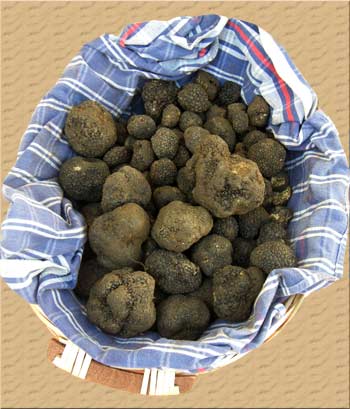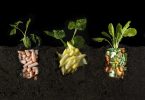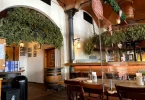 Small Umbria is a casket that collects characteristic gastronomic jewels all along its territory. It is possible to trace the guiding principle of this region’s gastronomic traditions in extra-virgin olive oil civilization and in lard’s culture.
Small Umbria is a casket that collects characteristic gastronomic jewels all along its territory. It is possible to trace the guiding principle of this region’s gastronomic traditions in extra-virgin olive oil civilization and in lard’s culture.
Extra-virgin olive oil
One of the prominent features of the green hills of Umbria are the groves of olive trees. The very long-lived but slow-growing olive well represents this region’s capacity to lovingly preserve centuries-old traditions, handed down from one generation to the next, and the flavourful extra virgin olive oil from Umbria represents the best of regional cuisine, consisting of simple, down-to-earth dishes made with wholesome, tasty foods. The extra virgin olive oil produced in five communes of Umbria can make use of the “Umbria – Colli Martani Protected Designation of Origin,” which is for one of the five sub-zones into which the region has been divided. The main cultivar in the Colli Martani area is San Felice, a local variety that is sweeter and thus allows the Colli Martani extra virgin olive oil to compensate for the typical pungency of Umbrian olive oil coming from the “Moraiolo” olives grown almost exclusively in the rest of the region.
 Pork
Pork
The raising of pigs and consumption of pork is a very strong tradition in this area. This is especially true in the winter months, starting in mid-January when the pig is traditionally “ready” to delight our palates with grilled pork chops, spare ribs, fegatelli (pig’s liver), slices of fat and lean, and all parts of the animal not used for preparing prosciutto, salami, etc. are frequently found on tables in this area. A different matter altogether is the preparation of “porchetta” or whole roast pig.
Lard
The well-known hearty flavours of Umbrian cooking come not only from the foods themselves, but also from the use of seasonings and condiments. Lard, which is pork fat, was often used in the past in the place of olive oil in the preparing of soups and sauces, because when it was beaten together with herbs and spices, it would give them a decided flavour and, at the same time, it provided a significant amount of calories. Strutto, or rendered lard, was used in roasts as a pillotto, a kind of lardoon (it was inserted along with herbs and spices into cuts made in pieces of meat), and it was also spread over meat as it turned over a spit.
 Black truffle
Black truffle
This exceptional subterranean fungus grows to a size varying from that of a walnut to as large as an apple. At least two species are found in the woods of Umbria: the more valuable species, the black winter truffle (Tuber melanosporum), matures from November to March in the vicinity of oaks, hornbeams, hazelnuts, ilexes and rockroses, and has a black or blackish skin, which is wrinkly but does not have the coarseness of other species with a blackish skin. Its pulp is a purplish-black colour, with thin veins of white that turn reddish-brown at the sides. This species grows in soils that are crumbly or calcareous, pebbly, tending to be arid, at elevations from about 250 to 1000 meters above sea level.
The other species found is the black summer truffle (Tuber aestivum), which matures from May to August, in symbiosis with broadleaf trees or some types of conifer. It has a black, very coarse skin and is brownish-white inside.






